book at best price
Start
here.
here.

18.12.2019
Seilerstätte street in Vienna. 500 years ago the medieval city wall of Vienna ran along here - on the side with the odd house numbers. So also where the musical theatre Ronacher stands today, at house number 9 - the house of the “Vereinigten Bühnen Wiens” (United Stages of Vienna), which meanwhile serves exclusively as a venue for musical performances and is frequented accordingly. Because the musical fan community in Vienna is a particularly loyal and enthusiastic one. Not only the enthusiastic fans say this about themselves, but also those musical performers who can sometimes hardly resist the waiting crowds of people at the stage door after the performance.
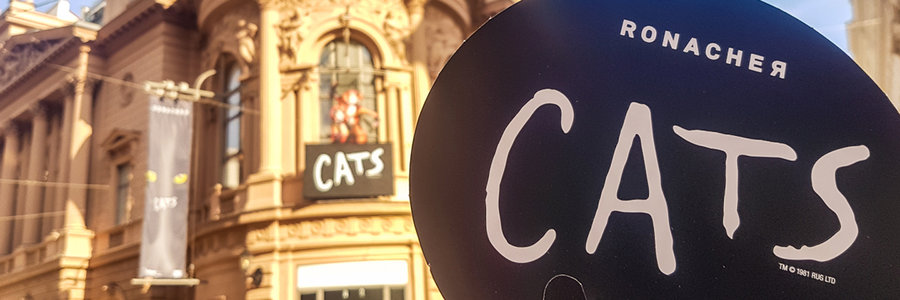
From the rooftop canteen of the Ronacher, located in a modern glass cube on top of the building by the famous architects Fellner & Helmer which was reopened in 1888, one has a brilliant view of the Seilerstätte - a splendid, beautiful street in the centre of Vienna full of palaces and picturesque house fronts.
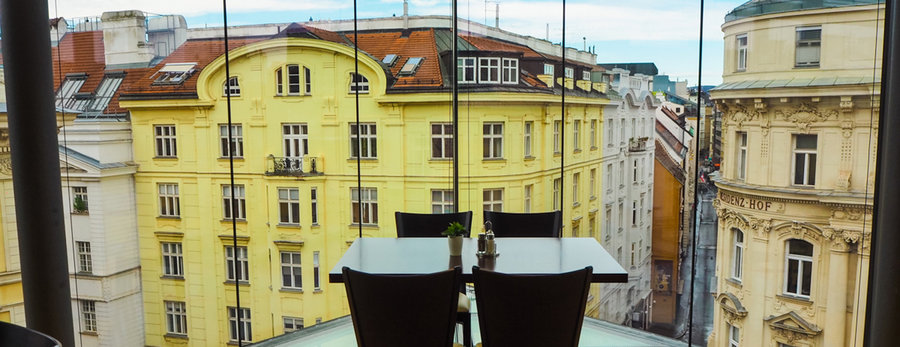
The following buildings are located on the Seilerstätte: the Palais Coburg (nicknamed the “asparagus palace” in Viennese due to all its columns), the birthplace of Auer-Welsbach, the Residenzhof, where Beethoven lived, Fanny Elßler died and monasteries once stood. We find house portals in baroque style and by the Wiener Werkstätten. One of the very first addresses in Vienna at the turn of the century: this is where the famous novel – “The Angel with the Trumpet” - by Ernst Lothar was set, once director of the Theater in der Josefstadt before being forced into exile, just like his co-director Max Reinhardt. A novel which all Viennese know, because almost no other novel reflects our Austrian history from 1888-1945 so beautifully based on a family as this one. In the novel, the family of piano makers lived on Seilerstätte 10 - if they had really existed, they would have seen that in 1888 a new variety theatre was opened diagonally opposite on the remains of the burnt down city theatre - the Ronacher.
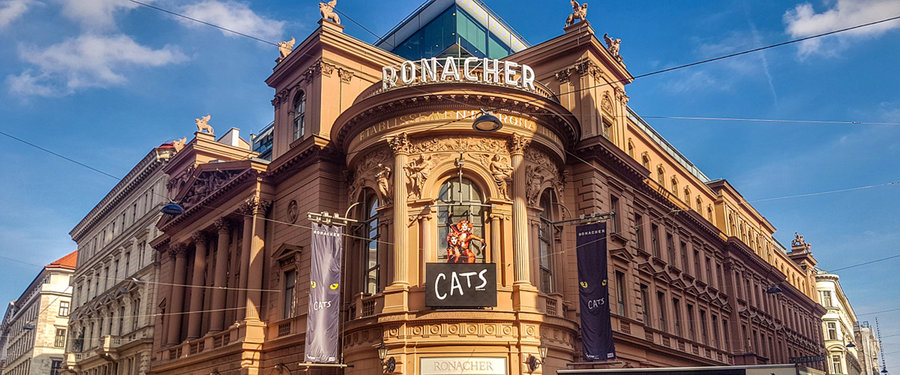
A "concert and ballroom" - an establishment that covered everything and served as a ballroom, theatre location, coffee house, variety hall and restaurant. The architects? Of course the most important and best-known theatre architects of the Danube monarchy – there’s hardly a city which did not commission a theatre or an opera house by the duo Fellner and Helmer. Also here on the Seilerstätte.
What had been learnt after the devastating fire catastrophes that had already destroyed some of the theatres in Vienna? The "Iron Curtain" was introduced and, since the fire in the theatre on the Ring, a fireman is present at every theatre performance in Vienna.
If you take part in an official guided tour of the Ronacher at the weekend, you may also be allowed to stand on stage if the setting up of the stage means it is possible. We are allowed to. We stand in the middle of the CATS scenery, an oversized scrap heap and look into the magnificent auditorium with it two ton chandelier.

Small red laser dots shine beneath our feet on the stage floor, almost a little scary. They exactly show the line where the above-mentioned iron curtain would rattle down in case of a fire - it weighs 12 tons. Everybody involuntarily takes a step back.
A guided tour can easily be booked online on the theatre’s website. We are lucky and have a guide who has been working here for over 10 years and really knows everything about the Viennese musicals, the actors and the Ronacher. He has to, because whoever takes part in a guided tour here is a confirmed musical fan (no matter what age - I guess from 6-80) and has many questions.
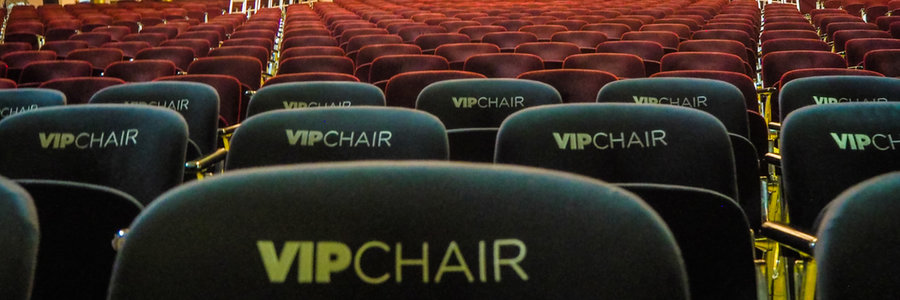
First of all we fans sit with open mouths in the first row of the auditorium (most of them now realize that the first row is not always the one from where you can see best) and have both the stage and the galleries and boxes in view. The last renovation took place in 2008, since then the listed Ronacher shines even further and brighter than ever before, whether as a dance hall, variety hall or alternative location for the Burgtheater which was bombed out in 1945.
After 36 years, the Ronacher is once again presenting the musical with which, despite loud protests, Peter Weck, the former Burg- und Josefstadt theatre actor and former director of the Vereinigte Bühnen Wien, brought to the Theater an der Wien for the German-language premiere. CATS. Despite initial doubts (typically Viennese), the premiere really pulled the audience from their seats and the "Kurier" newspaper wrote: "When you leave the theatre after two and a half hours, you're surprised to be on the Wienzeile and not on Broadway". Meanwhile, CATS is a myth, but will the myth continue in 2019?
Yes, it's still attracting audiences. On 20.9.2019 the global success had its premiere again in Vienna, but this time in the Ronacher. CATS was performed in the Theater an der Wien from 1983 until 1988, continuously. For musical circumstances at the time (despite musicals in the Volksoper) this was an unprecedented success. But since the contracts for the following "Phantom of the Opera" had already been signed, the Theater an der Wien had to make room, CATS moved to the Ronacher and was successfully performed there until 24. 9. 1990. And now CATS is back again.

The cast and the musicians are important, also the props, lighting and technicians - but without stage managers nothing works at a musical performance. A stage manager is the mental control centre: without him and his instructions (cues) there would be no curtain, no performance, no entries, no stage set.
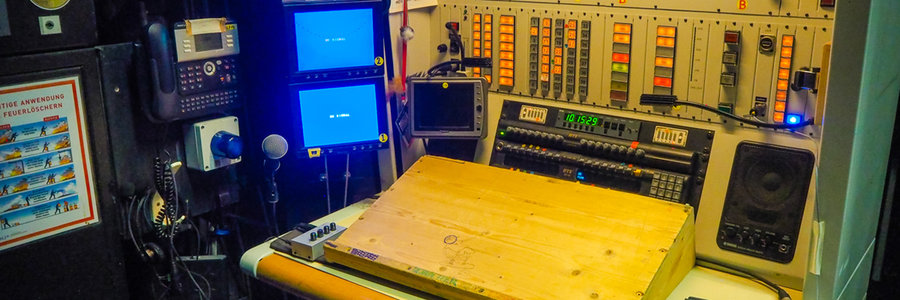
The stage tower was raised during the last renovation: 28 metres from the stage to the top to be able to raise scenery - and there must also be at least as much depth under the stage.
By the way, which CATS fan knows why there is a car with the licence plate "NAP 70" on the scrap heap? It is the abbreviation of the name of the outfitter Johan Napier and means the 70th international stage design for CATS. The stage design is the original from London, adapted for the Viennese Ronacher. Everything here on the scrap heap was made in the ratio 3:1 – simply in the eyes of cats.
Behind the stage it looks more like a busy workplace than a chic musical life: here armchairs stand around for the costume changes of the cats, luminous eye patches with batteries hang on the wall, props and dressing tables stand around.
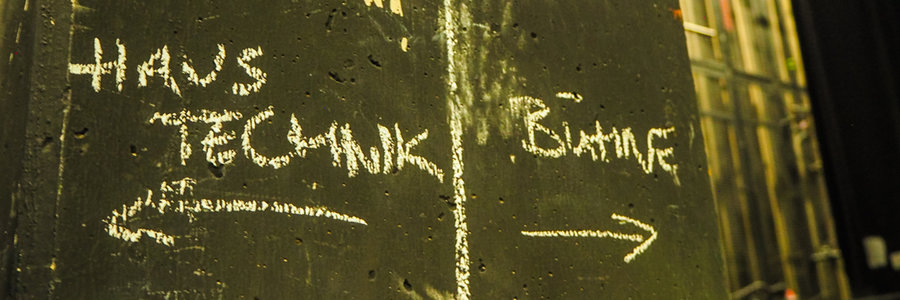
This is where the orchestra takes its place; in Vienna we show off with our well-known and famous musical orchestra - 27 musicians play evening after evening.
Next to the orchestra backstage there is a small lounge, the Booth Box. This is where the "Swings" sit, sing in the choir without being on stage and wait for any spontaneous assignments. What are swings? A swing must master up to five male or female roles in a production and be able to jump into the respective role, put on make-up and join in at any time: dancing and singing. And at CATS every cat does their own great make-up - it's a bit different from other musicals.
So the cats are back in Vienna and many of the then young fans from 1988/89 are back too: 36 years later we pilgrimage to CATS again - with our children or nieces and nephews: to Macavity, Grizabella, Gus and Mr. Mistoffelees. And if you listen to the songs, even after more than 30 years, you can still sing along to every line on the album as if not a single day had passed in between.
| hotels: | Hotel Ananas, Hotel Anatol, Hotel Beim Theresianum, Hotel Doppio, Hotel Europa Wien, Hotel Rathauspark Wien, Hotel Savoyen Vienna |